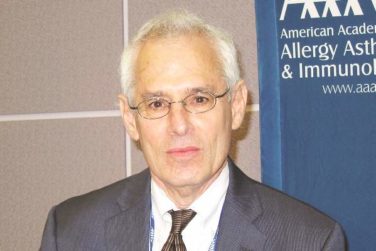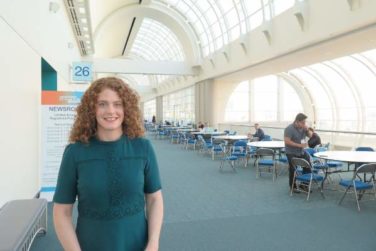FROM SCIENCE TRANSLATIONAL MEDICINE
A new study points to bacteria commonly found in the human microbiome as possible culprits in the quest to identify the elusive triggers of autoantibodies present in patients with systemic lupus erythematosus (SLE).
Anti-Ro antibodies, including anti-Ro60 antibodies, are found in about half of SLE patients, and are the most common antinuclear antibodies that can be seen preclinically. They are also pathogenic.
In a proof-of-concept study , a Yale-led research team collected microbiome samples from eight SLE patients who were positive for anti-Ro60 autoantibodies, five SLE patients who were anti-Ro60-negative, and seven healthy controls. The researchers took samples from the mouth, sternum, and stool. They found that commensal bacteria containing orthologs to Ro60 were found commonly in all of the patient groups. These included Propionibacterium propionicus, Corynebacterium amycolatum, Actinomyces massiliensis, and Bacteroides thetaiotaomicron, reported Teri M. Greiling, MD, PhD , of Yale University, New Haven, Conn., and her associates.
They also found that CD4 memory T-cell clones from lupus patients that were specific to Ro60 autoantigen were stimulated by Ro60-containing bacteria.
Researchers also colonized two groups of mice with B. thetaiotaomicron – mice with a lupuslike syndrome induced with the immune-response modifier imiquimod and those without this syndrome induced. The levels of anti-Ro60 antibodies were increased in those with the syndrome. Plus, lupus nephritislike complex depositions were seen in 88% of the glomeruli of the imiquimod-treated mice and in just 8% of those not treated with imiquimod.
“These data,” the researchers said, “suggest that Ro60 orthologs from human commensal bacteria may initiate and drive lupus pathogenesis.”
The study authors reported they had nothing to disclose. The work was supported by various grants from the National Institutes of Health, Arthritis National Research Foundation, the Arthritis Foundation, and the Lupus Research Institute, as well as NIH Intramural Research Programs.
SOURCE: Greiling TM et al. Sci Transl Med. 2018;10(434). doi: 10.1126/scitranslmed.aan2306.




